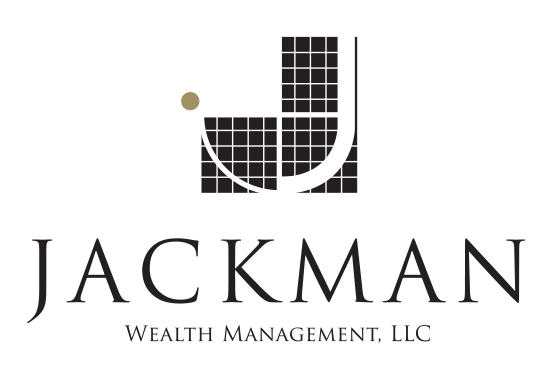Oregon’s Sustainable Health Care Cost Growth Target Program analyzed 2018-2020 data
PORTLAND, Ore. – The Oregon Health Authority (OHA) today published Oregon’s 2022 Annual Cost Growth Trends Report, which presents data on health care spending and health care cost growth in the state between 2018 and 2020.
Data confirm health care costs grew between 2018 and 2019 before dropping between 2019 and 2020 due to COVID-related changes in use of health care. Medicaid experienced the lowest rate of cost growth compared to Medicare and the commercial market.
“The findings released from today’s report provides invaluable insight into the key cost drivers of health care in our state,” said Dave Baden, OHA’s interim director. “With this data, OHA, policymakers and health system providers have an opportunity to come together to address growing affordability concerns across public and private markets.”
In 2019, the Oregon Legislature established the Sustainable Health Care Cost Growth Target Program, which is designed to prevent health care costs from growing faster than wages, inflation, and other economic indicators. In collaboration among large provider organizations, hospitals and health insurance plans, the program sets a statewide target for the annual per-person growth rate of total health care spending.
A few key trends from the 2018-2020 report include:
- Health care spending grew for all health care markets between 2018 and 2019, but it grew more in the commercial market than Medicaid or Medicare. Total health care expenditures grew the most for the commercial market between 2018 and 2019 (4.5%) and declined the least for the commercial market between 2019 and 2020 (1.6%). In comparison, spending for the Medicare market grew by 3.3% and declined 5.5% in the same time periods.
- Health care spending grew between 2018 and 2019, then fell slightly between 2019 and 2020, primarily due to fewer people accessing health care in the first part of the COVID-19 pandemic. On a per-person, per-year basis, health care spending grew 3.6% between 2018 and 2019, then declined 1.2% between 2019 and 2020.
- Medicaid exhibited the lowest cost growth. Between 2018-2019, Medicaid had a cost growth of 3.3%, thus meeting the target 3.4%. While overall Medicaid spending declined between 2019-2020, Medicaid increased non-claims spending by 10%, which reflects Medicaid’s progress with value-based payment arrangements, as well as dollars being pushed out to support providers in the first part of the pandemic.
- Retail pharmacy spending increased consistently: While spending declined in many categories between 2019 and 2020 because of the COVID-19 pandemic, retail pharmacy spending increased 3.2% even after pharmacy rebates were taken into consideration. Retail pharmacy has been consistently identified as a primary driver of health care cost growth in Oregon.
- High cost is a barrier to health care for Oregonians: In 2020, spending on health care and health insurance represented 23% of all household spending in Oregon. High costs cause people in Oregon to delay health care, especially working-age adults. A national poll found that 38% of adults reported delaying care in 2022 due to costs.
On May 9, the Sustainable Health Care Cost Growth Target Program will release a report with health care spending trends from 2020 to 2021. The report will compare the actual growth of health care costs to the target for both commercial and state markets, as well as payer and provider organizations. A May 17 public hearing will cover data from the two reports. More information is available online.












